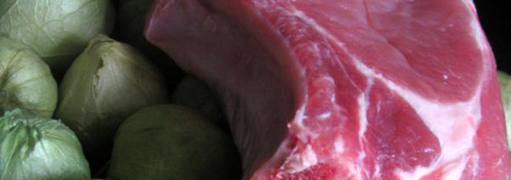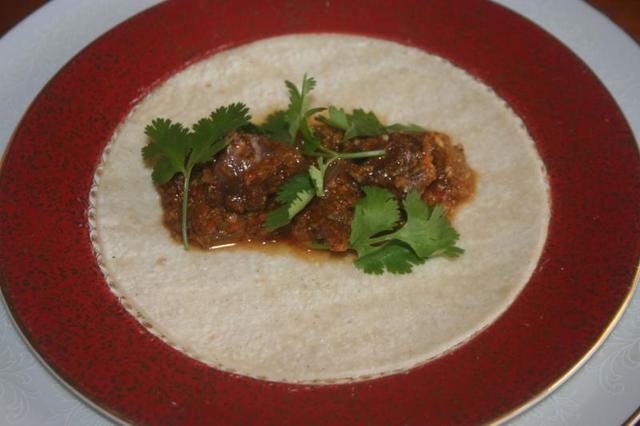Flash In The Pan: Reconsider The Tomatillo
Embracing A Forgotten Fruit


Ari LeVaux

Chile verde in the raw
Ari LeVaux
Latest Article|September 3, 2020|Free
::Making Grown Men Cry Since 1992


Ari LeVaux

Chile verde in the raw
Ari LeVaux
